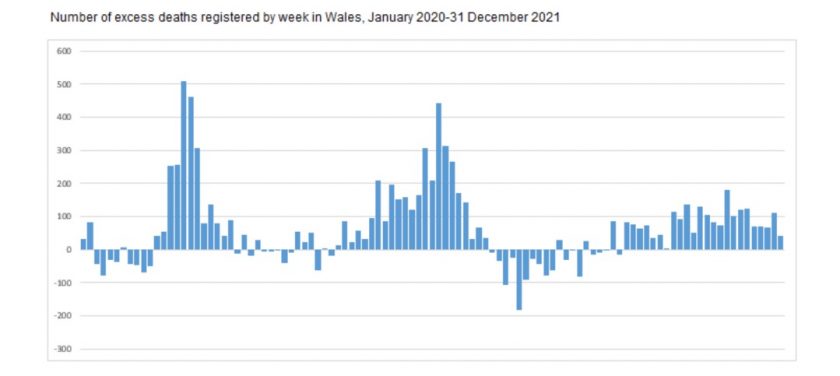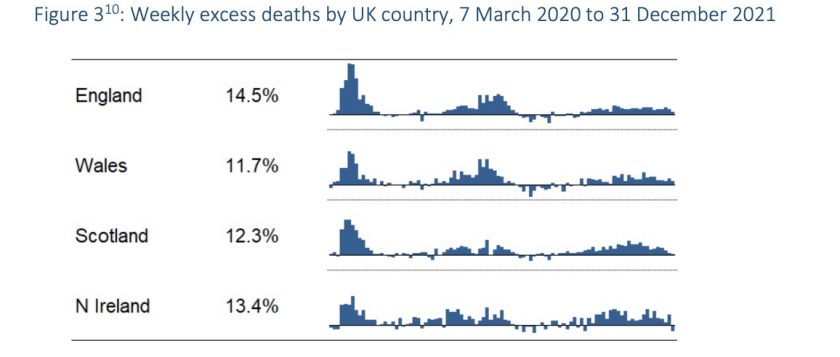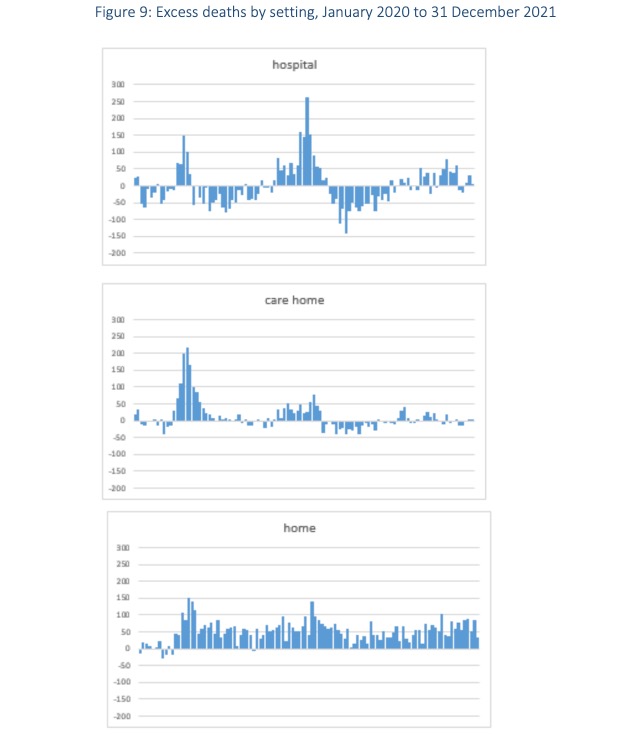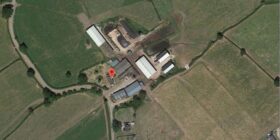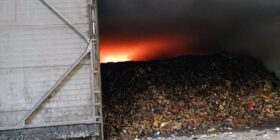In-depth mortality statistics during covid-19 pandemic examined by Wales’ TAC
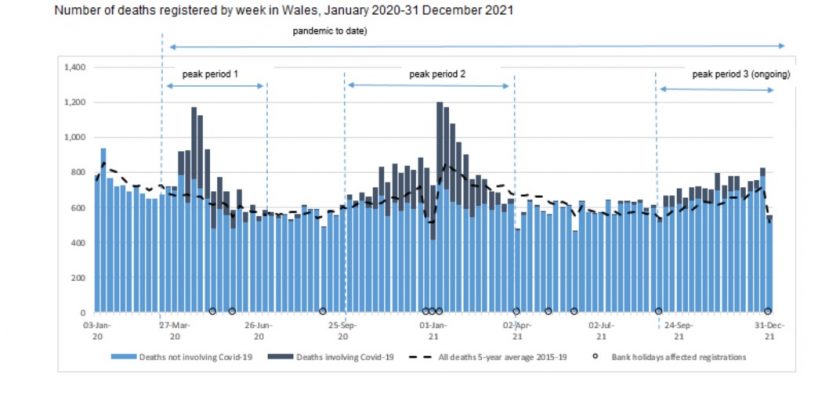
Covid-19 was provisionally the 2nd leading cause of death in Wales during 2021, with an in-depth look at mortality statistics now published.
The Technical Advisory Cell (TAC) has published a document examining deaths in Wales connected to the pandemic.
The report looks at deaths in Wales from the start of the pandemic to the end of 2021, with three distinct periods of time, which roughly matches three ‘waves’ ending July 2020 / March 2021 and the most recent wave through Autumn 2021.
The report points to this often cited ONS Chief Statistician explainer on Covid-19 mortality statistics, which explains the difference between the two sources – the ‘surveillance data’ produced by Public Health Wales and data produced by the Office for National Statistics (ONS), based on information
collected on the death certificate.
The TAC explains why they focused on “excess deaths” which is a key measure of quantifying the number of deaths in a given year. That is the difference between the number of deaths registered over a set time, compared with the average number of deaths for the same time period over the previous five years:
There are a number of ways to measure and explain the impact from COVID-19 in
terms of mortality. We can use total numbers of deaths involving COVID-19, but this
is a crude measure that does not offer much granularity of information. Instead, we
can select a proportional measure of comparison, like deaths per 100,000 people.
This does not take into account the vulnerability of a population to COVID-19
infection. We still need to consider the differences in demographics to understand
the true effect of this coronavirus. We can also use “age-standardised mortality
rates”. These are a better comparative measure of mortality between areas than the
number of deaths, as they account for the population size and age structure.
However they do not capture or account for the range of other potential demographic
factors and indirect impacts of the pandemic.
The TAC give a narrative view of the top and below graphs, “Deaths in Wales were generally below average from early 2020 up until around midMarch. As the COVID-19 pandemic began, the number of deaths increased sharply, with excess deaths reaching their first peak in mid-April 2020.”
The impact of vaccines is explained: “There have been some differences in the pattern of deaths seen in these three peak periods.
“The first period saw the sharpest increase, and included the week with the highest number of excess deaths. The second period saw a more gradual increase, but lasted for a longer period, and included the week with the most deaths involving COVID-19.
“The third period has to date seen a sustained increase but at a lower level and without the sharp peaks of both the first and second periods. This was the first period of interest after the main rollout of the vaccination programme, with reports suggesting vaccines offer high levels of protection against mortality.
“A pattern of lower excess mortality during the 3rd period was also seen in England.”
The TAC report attempts to make comparisons across the UK stating overall Wales has seen a slightly lower proportion of excess deaths than the other UK countries: “However, this pattern does vary between the three peak periods of the pandemic.
“England, and in particular London, saw much higher rates during the first period, however there was less difference for the second and third periods, with England having (to date) the lowest rate for the third period.”
Looking internally in Wales it finds, “Since the start of the pandemic we have seen excess deaths across all health boards in Wales compared with 2015-19. Overall, excess death rates were lowest in Hywel Dda, Betsi Cadwaladr, and Powys, and highest in Cwm Taf Morgannwg.
“During the first period, Cardiff and Vale also saw high rates, but while rates here reduced considerably for the second period, rates in Cwm Taf Morgannwg remained high. Most areas saw their highest rates in the first period, with the exception of Hywel Dda and Swansea Bay.”
Excess deaths per ‘setting’ or location is also examined, deaths in care homes refer to deaths which occurred in the setting and not to care home residents (who could have died in other settings).
TAC say: “Looking at excess deaths in hospital, these have been below average for much of the period with the exception of raised numbers of deaths around the time of the three peak periods of the pandemic. In particular, there was a peak around December 2020 – January 2021.
“There was a pronounced peak in excess deaths in care homes during the first peak period of the pandemic (around April 2020), with a much lower number of excess death during the second peak period.”
The pattern for deaths at home is different, explained as “These increased above average at the start of the pandemic, and have remained so. Unlike deaths occurring in hospitals (and to some extent care homes), the excess in deaths at home is largely driven by deaths not involving COVID-19.
“From January 2020 to 31 December 2021, 2% of deaths at home involved COVID-19, compared with 12% across all settings11. For 2020, the leading cause of death at home with the biggest proportional increase compared with average was dementia and Alzheimer’s disease.”
“The consistently high number of deaths above average in private homes could be because of a combination of factors which may include health service disruption, people choosing to stay away from health care settings or terminally ill people staying at home rather than being admitted to other settings for end of life care.”
Covid-19 was provisionally the 2nd leading cause of death in Wales during 2021 with ischaemic heart disease was the leading cause of death – and the number of such deaths was similar to the average seen in the 5-years 2015-19. TAC notes other leading causes of death saw fewer deaths than 5-year average – in particular, there was a large reduction for influenza and pneumonia (possibly linked to people social distancing, reducing the spread of infections such as flu). Symptoms, signs and ill-defined conditions (includes ‘old age’ and ‘frailty’), and cirrhosis and other diseases of the liver saw more deaths than average.
The TAC report notes, “Other reports have suggested that rates of death involving COVID-19 are higher in older people and people in deprived communities. Analysis for England suggests higher rates for people from some Black, Asian and Minority Ethnic backgrounds” although does not cite or point to any Wales research in that area yet.
The report ends by posing some questions for the future:
How has the vaccine affected mortality?
What impact has the emergence of new variants of COVID-19 had on excess mortality?
What can we learn about deaths following hospital-onset COVID-19?
What will the long term impact from the pandemic be on deaths over the next few years?
What are the biggest factors behind inequalities in COVID-19 mortality?
To what extent can geographical differences, including differences between UK countries, be explained by different characteristics of the resident population?
At the time of writing the Public Health Wales mortality data states there have been 7,144 Covid-19 deaths in Wales during the pandemic so far.
Spotted something? Got a story? Email [email protected]
